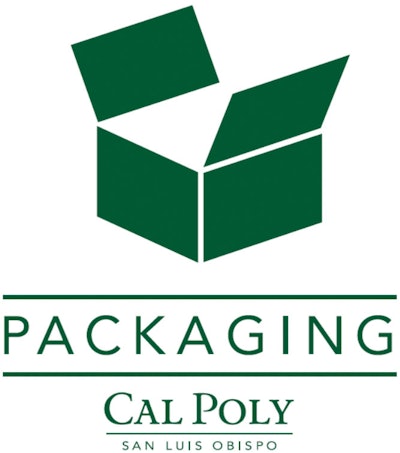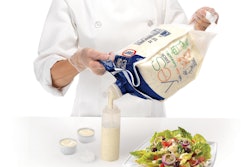
By some estimates, corrugated packaging is used to package 90% of all products for retail distribution in the U.S. It’s practical, useful, economical, renewable, and recyclable. It also provides excellent merchandising appeal through printing on box panels.
As markets grow, there is an ever-increasing demand for equipment that will set up corrugated packaging automatically. As machine technology has advanced, designers are able to introduce structural elements into their designs that previously could not be produced at the required production rates. This ever-advancing technology gives the box designer an unlimited opportunity to innovate, design, and create—bringing stronger, lighter boxes to the marketplace.
These innovations can be found in many sectors with METABOX, BLISS BOX, KISCH BLISS, H-BLISS, T-FORT BLISS, DEFOR, and SURESTACK serving as great examples. Each has unique characteristics often resulting in added strength, reduced fiber, and improved usability. But where are the machines capable of forming them?
One example can be found in a solution created through the Consortium for Packaging Research at Cal Poly to replace the hand-folded display-ready container typically used in field pack operations for products such as romaine lettuce. The current hand-fold box is delivered to the field flat where it is then erected on picking rigs by laborers dedicated to the task.
The solution was a machine-formed container that would reduce the area of corrugated board by more than 30% while increasing the strength by approximately 10% over the hand-fold box. The innovation also included the design and prototyping of a forming machine that could fit the area on the rig occupied by the laborers folding the containers. The machine had to be ultra-reliable due to both the production demand and field conditions; it therefore had to have no electronic control systems that required skilled technical intervention but rather visual sequences that an operator could understand and respond to immediately. This concept is being evaluated by several leading growers.
The discussion above highlights that design innovations related to corrugated fiberboard shippers are achievable and profitable. They also lend themselves to environmental stewardship. However, a lack of common goals between the suppliers and users, hesitation to be a leader in adopting such practical alternatives, and a disconnect between experts and decision makers can prevent these solutions from being adopted commercially.
Dr. Jay Singh ([email protected]) is professor and packaging program director, Cal Poly State University, San Luis Obiospo, CA. Ray Kisch ([email protected]) is lab coordinator at Cal Poly.

























